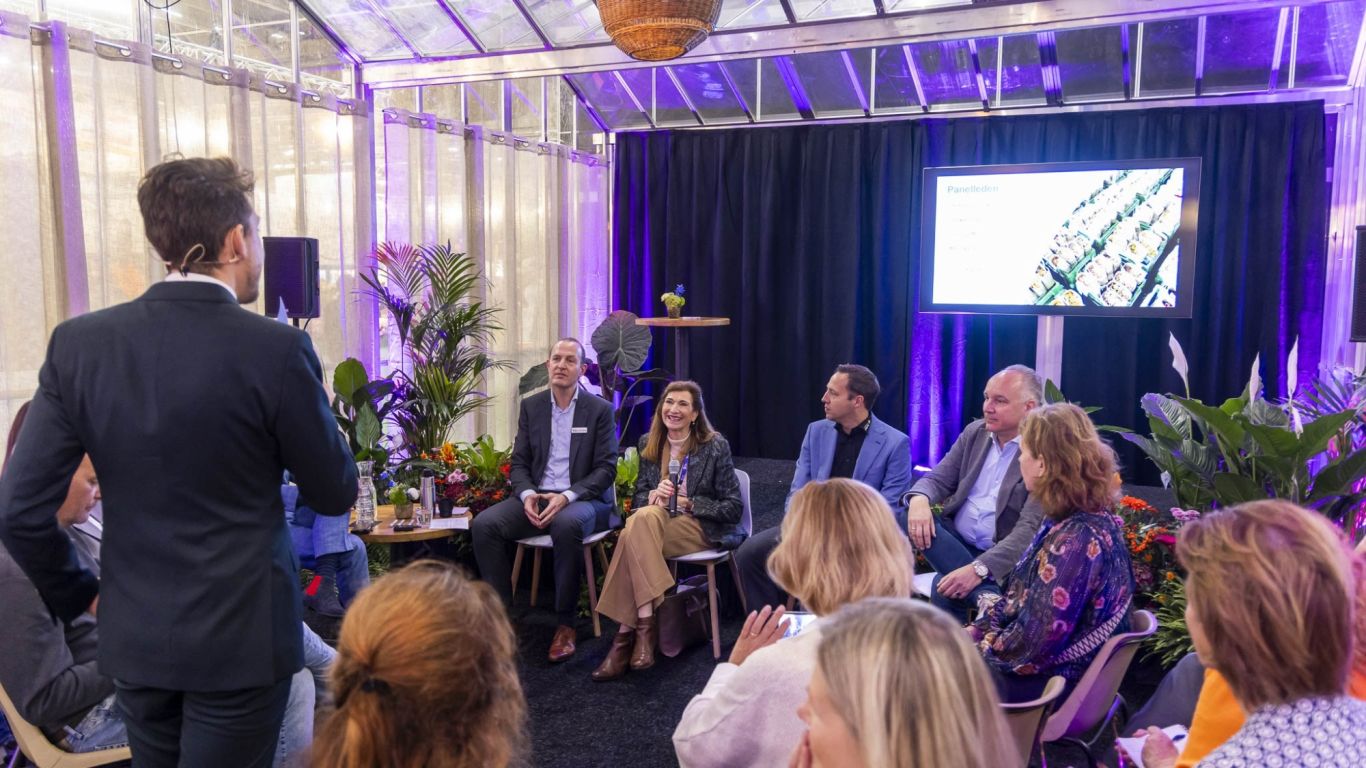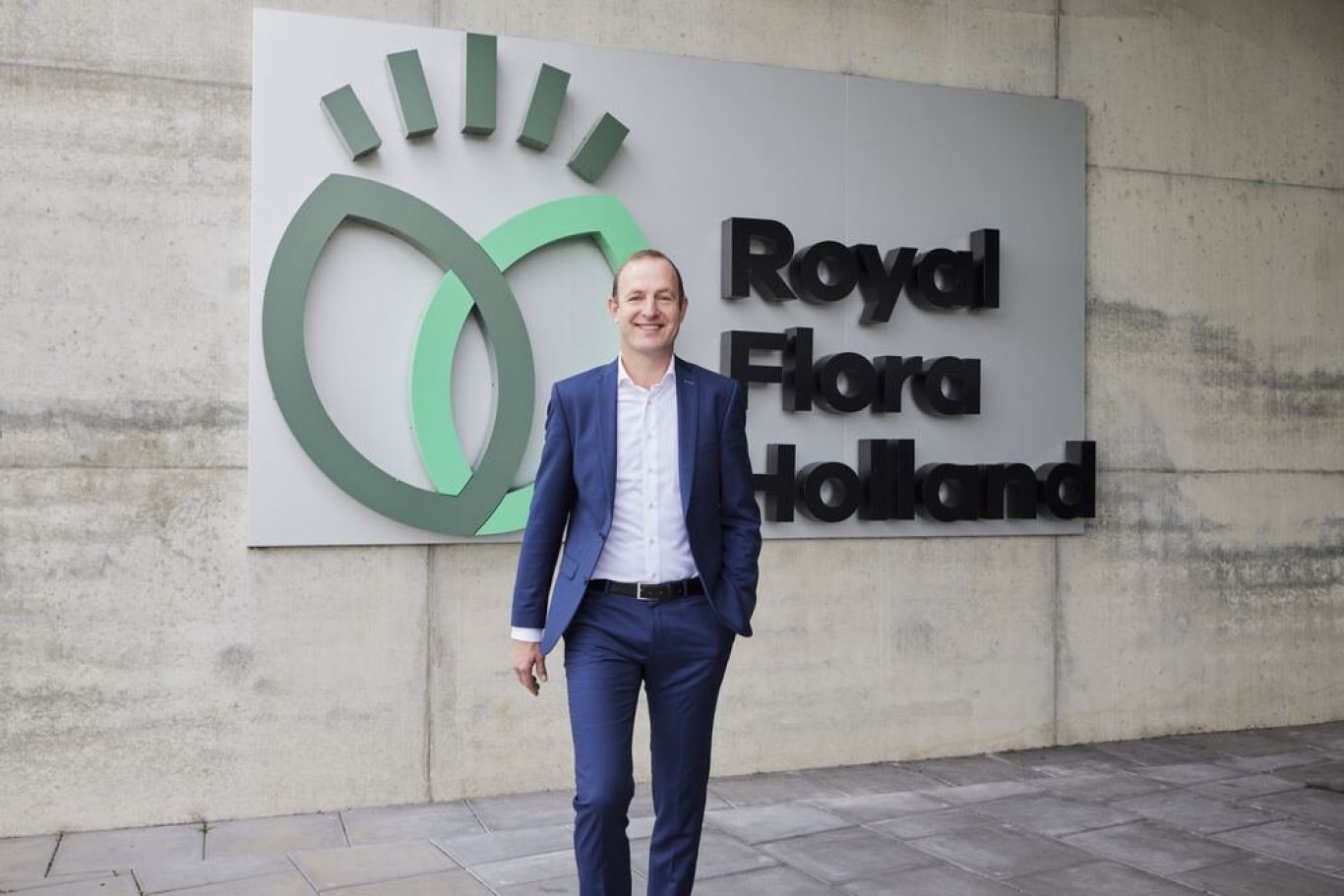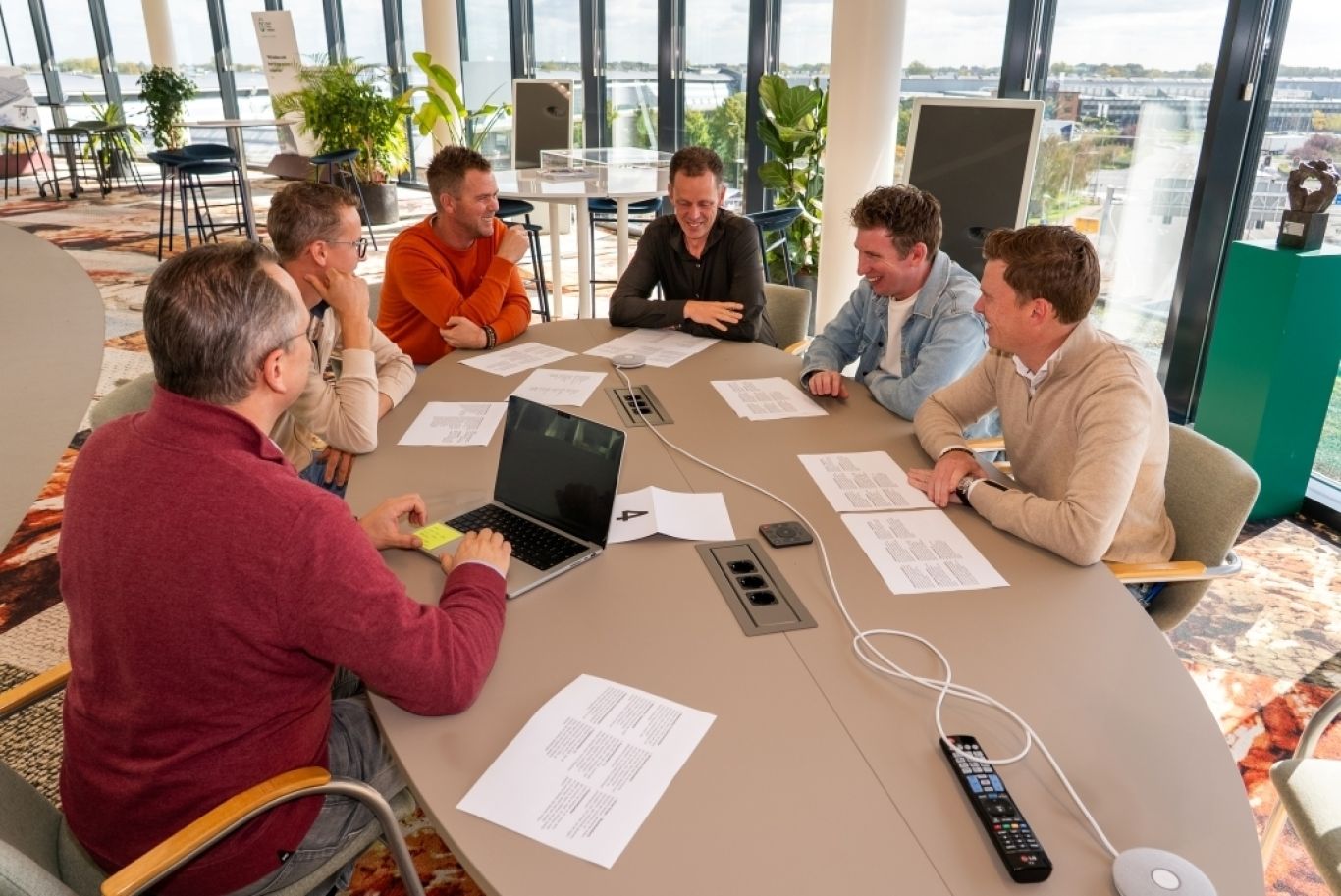The power of connection: the floriculture sector is building a digital and sustainable ecosystem
November 7, 2025

The Dutch floriculture sector is changing. During a panel discussion organised by Royal FloraHolland, representatives from the industry and academia spoke candidly about the future of the floriculture sector—a future in which digitisation, sustainability and collaboration must set the direction. With an export value exceeding €11 billion and approximately 66,000 employees, floriculture is the second-largest export sector in Dutch agriculture, following food crops. This makes the Netherlands the global hub. To maintain this position in the coming years, transparency and collaborating with new partners are crucial. ‘The strength of the Netherlands lies not only in production, but also in knowledge, innovation and logistical efficiency,’ said David van Mechelen, CEO a.i. of Royal FloraHolland.
On the opening day of the Trade Fair Aalsmeer, organised for the 25th time by Royal FloraHolland, Van Mechelen, Prof. Dr Annemieke Roobeek (Nyenrode University), Frank Ammerlaan (Farm Rosa Plaza), and Marcel Zandvliet (Dutch Flower Group) discussed the economic value and international position of the Dutch floriculture sector, the role of innovation and digitisation, and the need to collaborate to create a future-proof industry. The content of the discussion was based on the dossier “Economic value and international trade”, which was produced in close collaboration with sector parties and identifies the most important trends, opportunities and challenges for the coming years.
International floriculture hub
During the session, several figures and facts from the sector dossier were shared. For example, the Netherlands remains a leading international hub for floriculture, accounting for 9% of its agricultural exports. The Netherlands' market share of floriculture production is approximately 48%. The country also serves as a transit point for flowers and plants from Kenya and Ethiopia, among others, as well as emerging production countries such as Colombia and Italy. Approximately 80% of exports are directed to Europe, with Germany being the largest buyer, while production is shifting partly to emerging countries.
Digitisation and transparency as drivers of progress
An essential theme in the discussion was digitisation. Technology enables us to work more efficiently and tell the sector's story more effectively. The Floriday trading platform connects growers, traders and retailers worldwide. ‘Digitisation not only enables us to work more efficiently, but also to tell our story: with facts and data, not opinions,’ said Marcel Zandvliet during the discussion. The data ensures that the sector can become truly transparent. ‘Transparency is no longer a choice, but something we value as a sector,’ emphasised David van Mechelen.
The sector has already reduced its use of crop protection by 78 per cent over the past decade, but this success often goes unnoticed. The panellists agree that the sector's image needs to be strengthened through proactive communication. ‘We need to back up our story with data,’ Van Mechelen reiterates. ‘Don't wait for criticism, but show what we are already doing and how we work. The facts are our strongest story.’
From cluster to ecosystem
According to Annemarieke Roobeek, Professor of Strategy and Transformation at Nyenrode University, the floriculture sector is facing a fundamental transition. ‘Innovation does not come from within, but through collaboration with parties outside the sector,’ she said. The industry is traditionally characterised by a cluster of companies located in proximity to each other geographically. Still, real innovation requires an ecosystem —a network in which growers, technology companies, knowledge institutions, and logistics partners collaborate on themes such as digitisation, energy, and circularity.
This collaboration is already taking shape in initiatives where residual heat from data centres is used for the cooling units at Royal FloraHolland and CO₂ from industry is reused by growers. ‘The sector has grown thanks to energy and can now play a pioneering role in the energy transition,’ said Roobeek. ‘The frontrunners are already doing so, and now it's time for us all to follow suit.’
Strong together: beyond competition
According to the panel, the future of floriculture lies in collaboration. ‘We cannot move forward without each other. Beyond competition – that is the future,’ says Zandvliet. Large companies can utilise their resources and scale to support smaller ones, while small growers offer diversity, creativity, and new varieties.
The panel members emphasise that floriculture is more than just trade or export. Flowers and plants promote well-being, happiness, and social connection, and contribute to the creation of healthy, green cities. ‘Flowers are part of our culture and our future,’ says Roobeek. They represent creativity, innovation and beauty. Exactly what makes the Netherlands great.’ Van Mechelen adds: ‘The Dutch floriculture sector is not just an agricultural production sector, it is also a technological knowledge sector, and we must share that knowledge with everyone.’
Vision for the future: digital, sustainable and connected
In twenty years, the panellists agreed, the Dutch floriculture sector will be entirely digitally connected. Growers worldwide will share their products and sustainability data via a single platform, supported by transparent logistics and reliable facts. But above all, people will remain central: the passion of the growers, the innovative power of entrepreneurs and the pride in a centuries-old tradition.
Van Mechelen concludes with a call to action: ‘It is important that we continue these discussions. The future of our sector requires shared responsibility, courage and openness.’
-
Did you find this interesting?
Then share this article


